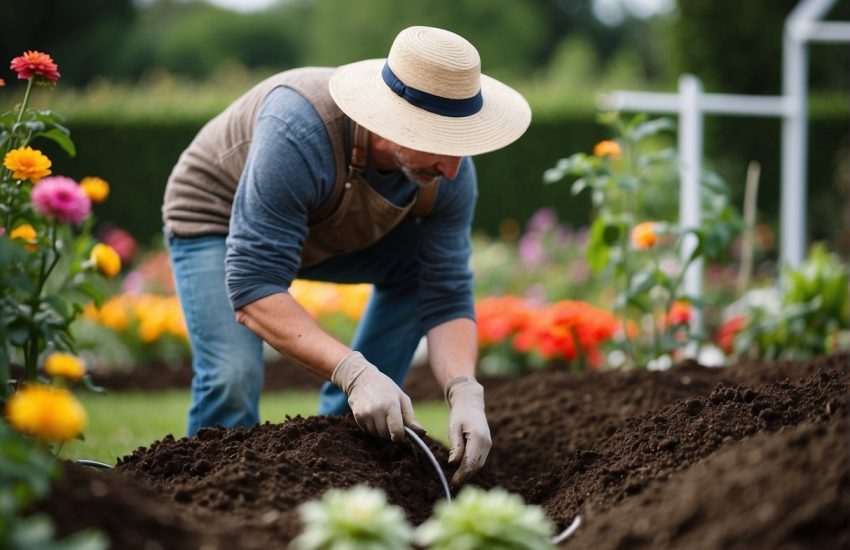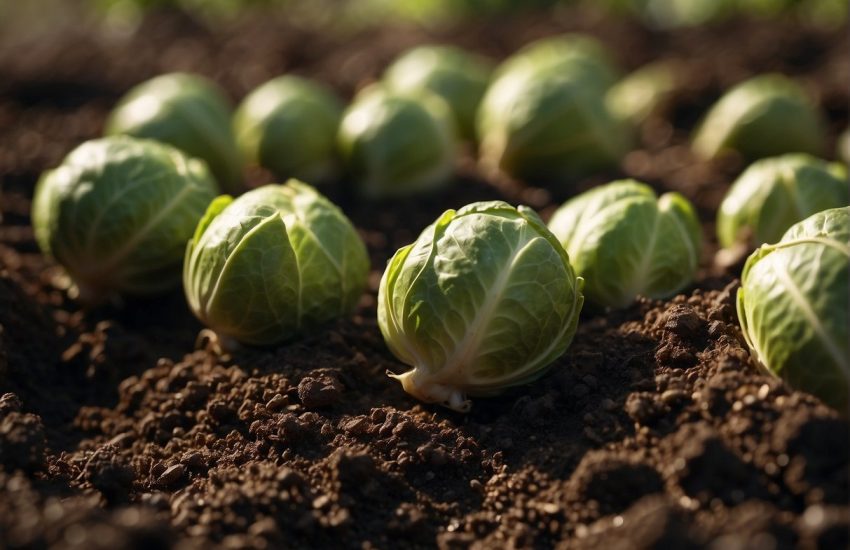What Are Good Companion Plants for Strawberry?
Every plant requires different caring methods or different climates, watering schedules, etc. As your garden’s caretaker, you should know what you can do for your garden to be in its best condition. If you try to grow your plants as healthily as possible and wonder what you can do for them to be comfortable in their environment and how you can care for them better, let us introduce you to companion planting. After explaining companion planting, we will talk specifically about strawberries and what you can choose as companion plants for them.
What is companion planting?
Plants require more than just sunlight, water, and good soil to be happy and healthy. Many of them prefer to grow and thrive in the company of other plants. Just as some of them repel insects, there are some that, when grown close to each other, provide enormous benefits to their neighbors. This is known as companion planting.
Companion planting has been practiced for thousands of years and is still used today by backyard gardeners and farmers. Long before Europeans arrived, indigenous peoples in America practiced various forms of companion planting. The “Three Sisters” agricultural technique, in which winter squash, beans, and maize were planted together, was one of the earliest documented examples.
The corn served as a stalk for the bean to climb, allowing it to grow tall and toward the sun. The squash grew low to the ground, shaded by the corn and beans, protecting them from weeds.
How can you benefit from companion planting?
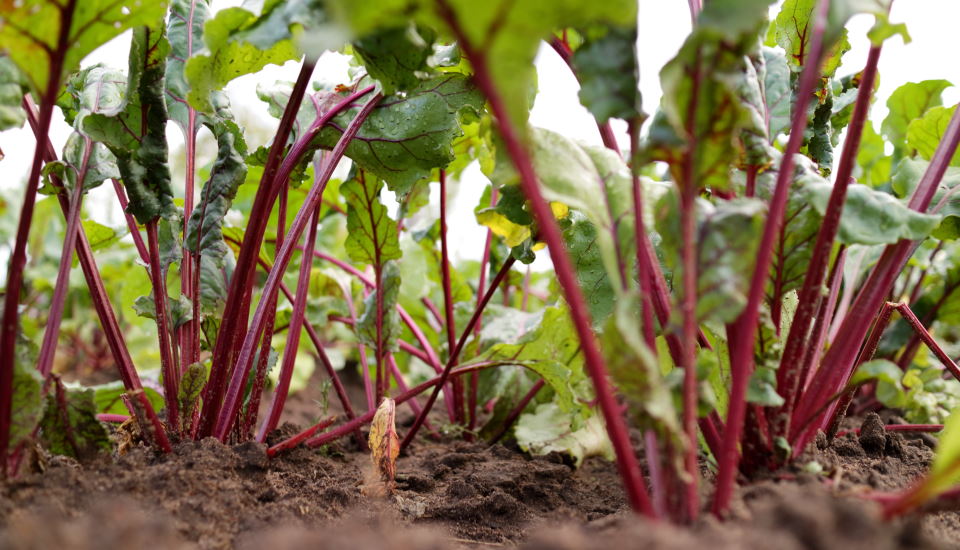
Among the many advantages of companion planting are pest control, nitrogen fixation, support of one plant by another, improved nutrient uptake, and water conservation. As a result, companion planting can increase yield, reduce pesticide use, and increase biodiversity. This brings a balanced ecosystem to your garden and allows nature to do its job. There are many reasons why you can choose to follow this method.
- Shade: Larger plants shield smaller ones from direct sunlight.
- Support: Tall plants, including corn and sunflowers, can provide support for sprawling crops like cucumbers and peas.
- Improved health: A plant can absorb substances from the soil, changing the biochemistry of the soil to benefit others.
- Soil advantages: Some plants increase nitrogen availability. Others draw nutrients from deeper in the soil, which you the benefit of shallow roots.
- Weed control: Covering open areas and sprawling plants prevent weed growth.
Apart from these reasons, there are also four main benefits of companion planting.
- Crop Protection: Allow tough plants to withstand weather that more delicate ones cannot. Plant hardy varieties that can withstand sun and wind and act as a natural defense against harsh weather.
- Limiting Risk: There are factors beyond your control (such as weather) that can reduce your output. Increasing your chances of higher yields can offset losses and result in a net gain in production.
- Positive Hosting: Nothing attracts insects more than growing all of their favorite foods in your garden. Plants that produce an abundance of nectar and pollen that beneficial insects prefer can keep them around and, in the end, help manage harmful pests.
- Trap Cropping: A good defense is the best offense. Plants that insects prefer should be placed next to ones that they despise.
How can you care for strawberries?
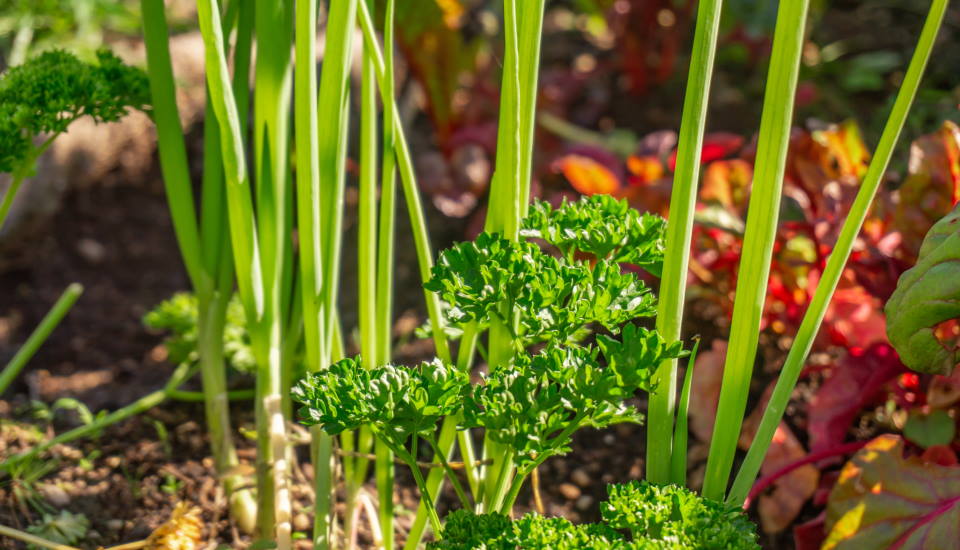
Strawberries are among the simplest fruits to grow and are ideal if you are a beginner in gardening. They also give you satisfaction because the flavor is far more flavorful than what you’ll find in a grocery store. This is because berry sugar quickly converts to starch after being picked. The fact that they can be grown in almost any climate and soil in the United States and Canada—as long as they are in full sun is one of their best qualities.
Strawberries generally need a full day in the sun on rich loamy, well-draining soil, but the best time to plant them depends on the weather. Strawberries in cooler climates may need to be planted in the spring, whereas those in warmer climates can be planted as early as the fall.
Strawberries are cold-hardy plants that can withstand low temperatures. However, humidity can be an issue because it promotes mildew growth. Strawberries require airflow to stay dry and prevent the growth of mold and other diseases. The proper spacing of approximately 16 inches optimizes airflow for strawberries.
Why should you companion plant strawberries?
The advantages of companion planting strawberries include improved flavor and resistance to pests such as slugs. Sometimes the companion will perform both functions. Moreover, choosing the right companion plants can improve pollination and increase soil nutrients.
What are good companion plants to strawberries?
In this title, we will provide you with 11 companions for strawberries.
1- Asparagus

Asparagus is one of the best options for you to choose in companion planting for strawberries because asparagus and strawberries have comparable climates and soil conditions. Asparagus grows best in full sun and requires regular watering. A well-draining soil is also essential.
The ability of these two to share soil nutrients is the most advantageous aspect of pairing them together. In addition, because the root lengths of asparagus and strawberries differ, they will not compete for nutrients, resulting in both of them being healthier and having higher yields.
2- Bush Beans
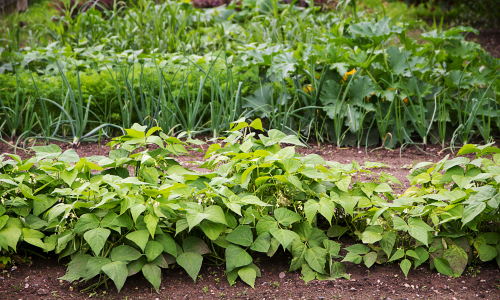
Beans and other legumes are essential components of any vegetable garden. They’re simple to grow and extremely beneficial to your health.
Furthermore, they have the ability to fix nitrogen. Simply put, legumes aid in the transformation of nitrogen in the soil into ammonia. Ammonia is a type of nitrogen that plants can use. Good bacteria that live on legumes’ roots drive this process. The main advantage of ammonia is that it remains in the soil after the legume plant dies, enriching the soil for future plantings and ultimately benefiting strawberries. Bush beans also keep beetles and other bugs away from strawberries and their foliage.
3- Borage

Herbs make excellent companion plants because they are generally easy to grow. Borage is primarily regarded as a culinary herb, but it is frequently chosen for its many garden benefits.
This herb repels a variety of pests that feed on strawberries and their foliage. Borage also attracts a large number of pollinators to your garden. Increased bee activity improves strawberry health and yield while also benefiting the rest of your garden.
Borage grows in similar conditions to strawberries, making this potent combination even more powerful. Borage requires full sun to grow its attractive foliage. It doesn’t care about the type of soil as long as it drains well and stays moist.
4- Caraway
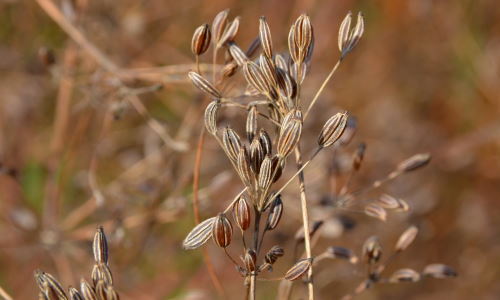
Another herb that deters pests from strawberries is caraway. This herb is commonly grown for its seeds, but it also goes well with strawberries.
It repels many pests that feed on the flesh of strawberry fruits and foliage, including wasps, aphids, mites, and parasitic flies
5- Catnip
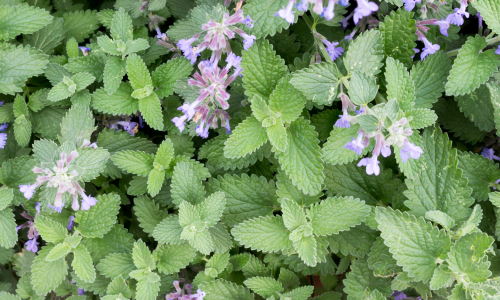
Catnip is another excellent choice for repelling aphids and mites. Like most strawberry companion plants, catnip thrives in the same conditions as strawberries.
Catnip, like most herbs, requires well-draining soil and a regular watering schedule. Plant catnip between the rows of strawberries. They must be close to each other while still allowing enough space for root growth.
6- Yarrow

Many plants, including lavender and roses, benefit from the companionship of yarrow. However, it is more specifically used as a companion for fruits and vegetables.
The stunning yellow flowers of yarrow look lovely while attracting a variety of pollinators to your garden. More pollinators increase strawberry fruit yield, which is a significant benefit.
It thrives in poor soil but is equally at home among strawberries and can withstand heat, humidity, and drought. Regardless, it will benefit from the weekly watering that strawberries receive.
7- Alliums
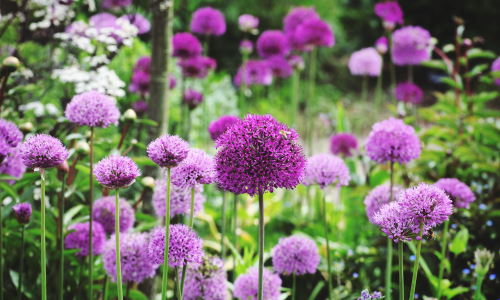
Onion family members make excellent companion plants. Their strong odor repels many harmful insects, and their colorful flowers complement others in the vegetable garden. They go well with a number of vegetables, including carrots and, most importantly, strawberries.
Chives, onions, and garlic are all excellent choices. They all thrive in conditions similar to strawberries. Furthermore, they deter insects from feasting on strawberries.
8- Sage

This herb is another gardening favorite, and not just because it tastes delicious. Sage is an excellent companion for a wide range of plants. Sage complements everything from lavender to roses and carrots. Strawberries are no different. Sage’s aroma repels many strawberry pests, including slugs, while improving the fruit’s flavor.
The best thing about sage is that you don’t have to worry about it in your garden. It’s a simple herb that grows well in a variety of climates. Sage, like its possible companion, requires full sun and well-drained soil.
9- Rhubarb

Rhubarb and strawberry benefit each other well. They complement each other both in the garden and in the kitchen. Rhubarb thrives in cooler climates. Like its new companion, it prefers full sun but appreciates afternoon shade in hotter climates. Rhubarb has the same soil requirements as strawberries.
Combining these two is extremely beneficial to both of them. They effectively ‘share’ soil nutrients as their roots grow at different lengths. In addition, Strawberry spreading along the ground acts as a ground cover, keeping weeds at bay for both plants.
10- Spinach and Lettuce
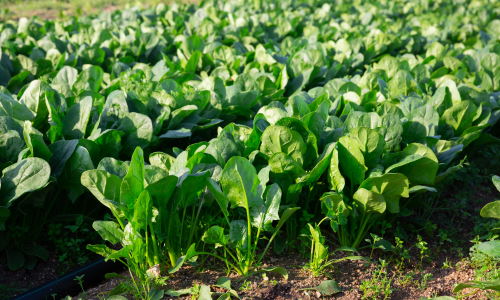
Leafy greens are beneficial to both you and your strawberries. Spinach and lettuce are thought to grow well with strawberries, enhancing growth. All three thrive in the same climate and environmental conditions.
Lettuce is not fussy, but it grows best in cooler climates. Spinach is very similar. Both require well-draining, loamy soil and a consistent watering schedule. Furthermore, the dense foliage of lettuce and spinach may keep birds away from lower-blooming strawberries.
11- Thyme

Thyme is an excellent border plant for strawberries, deterring pesky worms while also looking lovely. It also attracts beneficial insects that eat vexing aphids and caterpillars.
Thyme is also simple to maintain. It only requires a few days of full sun and very little water. Because of its Mediterranean origin, it is a drought-tolerant herb that grows in various climates. If you reside in a drier area where you must water your strawberries more frequently, plant your thyme in pots nearby, as too much water is harmful to thyme.
What are bad companions for strawberries?
Brassicas such as kale, cauliflower, broccoli, bok choi, and cabbage should not be planted near strawberries. When growing members of the Brassicas family with strawberries, you will discover that they compete for nutrients and will not allow either to thrive to their full potential.
Combining potatoes, tomatoes, or eggplants with your strawberries is also a bad idea because these nightshades are prone to pests and disease. In addition, growing them nearby may increase the likelihood of the fungal disease spreading.
Fennel can be effective at repelling pests, but it can also inhibit growth, making it less than ideal for strawberries that require a lot of nutrients, vitamins, and sweet, juicy flavor. Therefore, if you want to grow fennel, you should keep it separate from the others (and from most food crops in general).
Conclusion
In this entry, we tried to explain what companion planting is and how you can benefit from it, especially if you’re growing strawberries. The question of “how can I look after my garden in the most efficient way?” is one of the questions that any gardener has in their mind. Because everyone who looks after a garden or just looks after a flower wants them to be in their best possible condition and for them to be at their healthiest.
This is why we introduced you to companion planting, as it is an incredible method you can use in your garden to grow either strawberries or different types of plants in the best way. After you follow this method, you will notice that your garden is happier, and they greatly accompany each other. We hope that all the questions you had in mind about this topic were answered and hope that by following all these, you will acquire a garden that is more beautiful than ever.
You may also be interested in:

